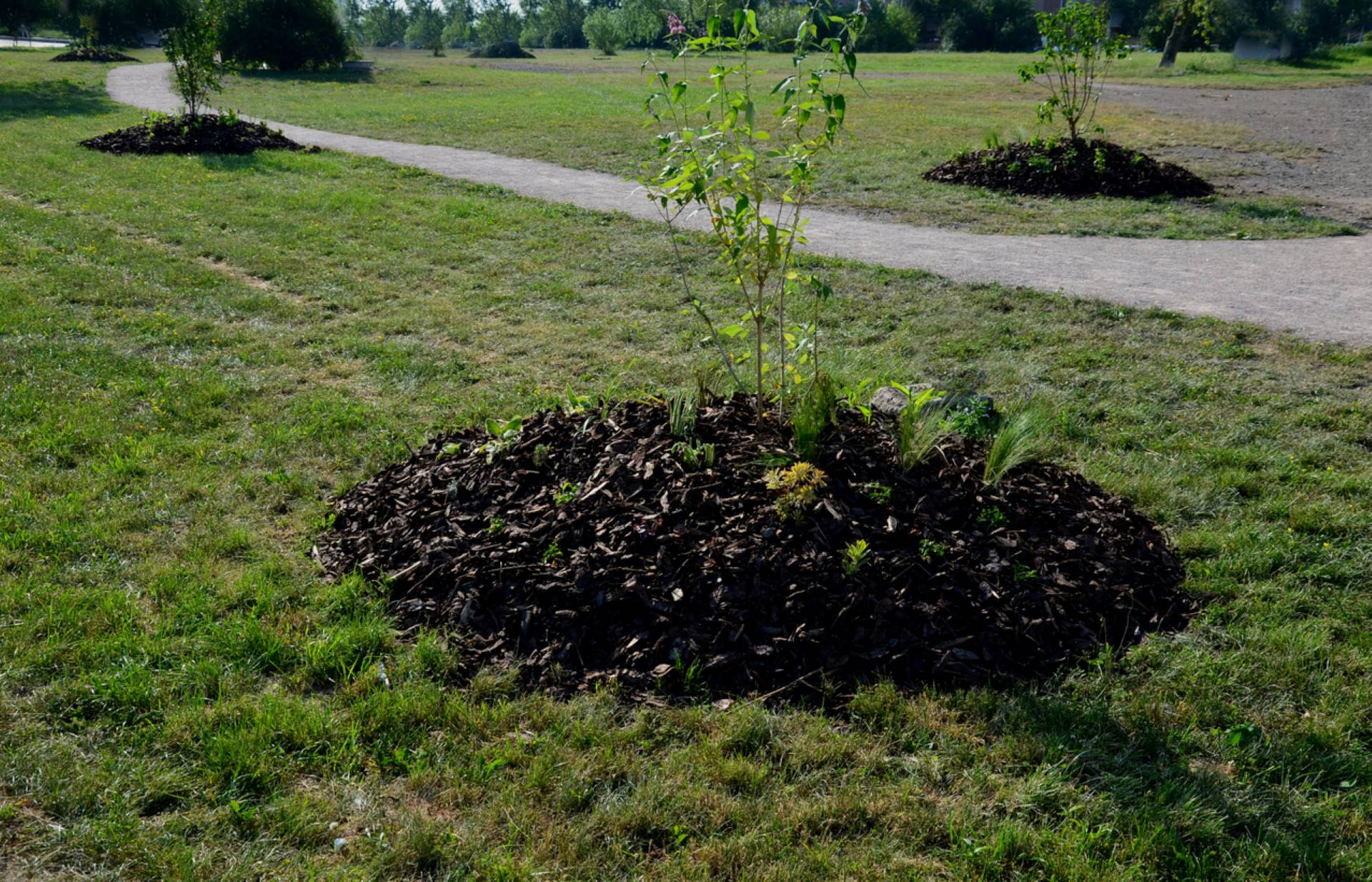Some gardeners may be tempted to use landscape fabric as a Band-Aid for weed problems, but one astute observer captured footage demonstrating why that might not be the best idea.
In March, TikToker Tiffany PNW (@tiffanyinthepnw) shared a 15-second clip of a man using a weed wacker to trim the troublesome plants, which had begun growing despite the presence of landscape fabric.
"I hate landscape fabric," she wrote, adding: "Y'all see what that man is doing? He is weed-eating the mulch that is above the landscape fabric because landscape fabric does not stop weeds."
@tiffanyinthepnw I hate landscape fabric #gardentok ♬ original sound - Tiffany PNW
Finding weeds in your garden would be frustrating enough after taking the time to lay the fabric, but there are other reasons to avoid the material.
As detailed by University of Illinois horticulture educator Christopher Enroth, landscape fabrics may ultimately foil any money-saving, eco-friendly plans — such as growing your own food — by preventing enough water and air from getting to plants' roots.
What's more, most landscape fabrics contain plastic, which contains toxins and is produced primarily through the burning of dirty energy — the biggest contributor of heat-trapping gases causing the dangerous overheating of our planet.
Plastic takes hundreds of years to break down, and as it does so, it breaks into tiny particles known as microplastics, which have been found in our drinking water, food, and even air samples. Scientists believe the particles pose a risk to human health.
Thankfully, there are various ways to control weeds without chemicals — or plastic-based fabrics that are temporary solutions at best.
Rewilding your yard also significantly reduces the time spent on lawn care. Clover, for example, is a commonly removed plant that looks surprisingly lush when left alone, and it supports key pollinators, including bees and butterflies.
"The people I bought my house from laid TONS of drainage rock over the fabric … A lot of [the fabric] has disintegrated down to this green plastic mesh stuff that I'm guessing it was made from in the 70s/80s," one Redditor wrote in the subreddit r/landscaping.
"Neighbor told me not to bother laying it, but unfortunately I think landscape fabric is one of those mistakes you just have to learn on your own," another shared of their error.
Join our free newsletter for easy tips to save more, waste less, and help yourself while helping the planet.









